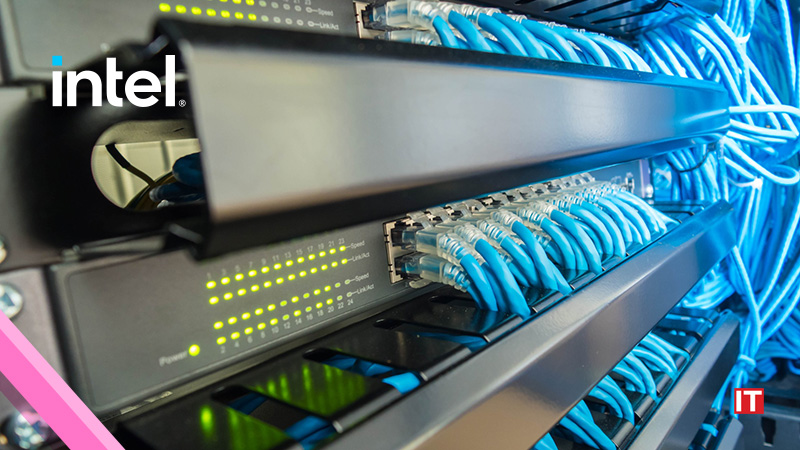The Aurora supercomputer at Argonne National Laboratory is now fully equipped with all 10,624 compute blades, boasting 63,744 Intel Data Center GPU Max Series and 21,248 Intel® Xeon® CPU Max Series processors.
“Aurora is the first deployment of Intel’s Max Series GPU, the biggest Xeon Max CPU-based system, and the largest GPU cluster in the world. We’re proud to be part of this historic system and excited for the groundbreaking AI, science and engineering Aurora will enable.”
—Jeff McVeigh, Intel corporate vice president and general manager of the Super Compute Group
What Aurora Is: A collaboration of Intel, Hewlett Packard Enterprise (HPE) and the Department of Energy (DOE), the Aurora supercomputer is designed to unlock the potential of the three pillars of high performance computing (HPC): simulations, data analytics and artificial intelligence (AI) on an extremely large scale. The system incorporates more than 1,024 storage nodes (using DAOS, Intel’s distributed asynchronous object storage), providing 220 terabytes (TB) of capacity at 31TBs of total bandwidth, and leverages the HPE Slingshot high-performance fabric. Later this year, Aurora is expected to be the world’s first supercomputer to achieve a theoretical peak performance of more than 2 exaflops (an exaflop is 1018 or a billion billion operations per second) when it enters the TOP500 list.
Aurora will harness the full power of the Intel Max Series GPU and CPU product family. Designed to meet the demands of dynamic and emerging HPC and AI workloads, early results with the Max Series GPUs demonstrate leading performance on real-world science and engineering workloads, showcasing up to 2 times the performance of AMD MI250X GPUs on OpenMC, and near linear scaling up to hundreds of nodes.1 The Intel Xeon Max Series CPU drives a 40% performance advantage over the competition in many real-world HPC workloads, such as earth systems modeling, energy and manufacturing.2
Why It Matters: From tackling climate change to finding cures for deadly diseases, researchers face monumental challenges that demand advanced computing technologies at scale. Aurora is poised to address the needs of the HPC and AI communities, providing the necessary tools to push the boundaries of scientific exploration.
“While we work toward acceptance testing, we’re going to be using Aurora to train some large-scale open source generative AI models for science,” said Rick Stevens, Argonne National Laboratory associate laboratory director. “Aurora, with over 60,000 Intel Max GPUs, a very fast I/O system, and an all-solid-state mass storage system, is the perfect environment to train these models.”
SOURCE: Businesswire

































